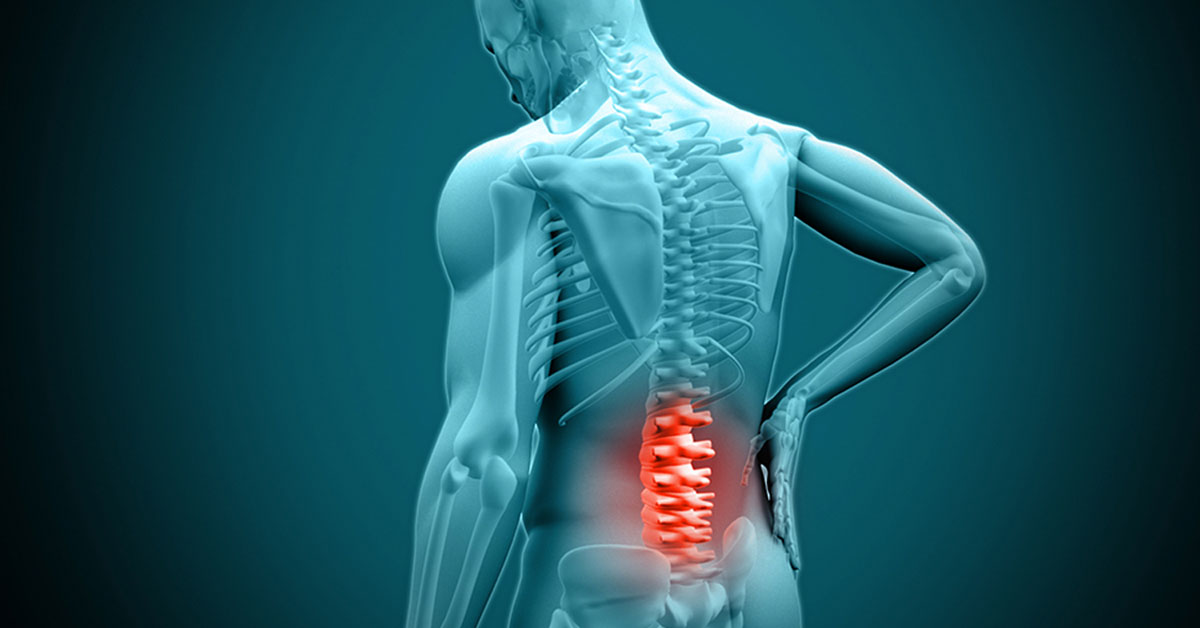
Lumbar decompression
Lumbar decompression is a surgical procedure designed to relieve pressure on the spinal cord or nerves in the lower back. This procedure is often recommended for patients suffering from conditions such as spinal stenosis, herniated discs, or other degenerative spine diseases that cause chronic pain, numbness, or weakness in the legs.
Maintaining spinal health is crucial for overall well-being, as the lumbar region supports much of the body’s weight and facilitates movement. In this guide, we will explore lumbar decompression in detail, including its causes, symptoms, surgical procedures, recovery process, and alternative treatments.
Common Conditions Leading to Lumbar Compression
- Spinal Stenosis: Spinal canal narrowing compressing nerves.
- Herniated Disc: Ruptured or displaced disc compressing spinal nerves.
- Degenerative Disc Disease: Disc wear and tear resulting in nerve compression.
- Spondylolisthesis: Slipped vertebra leading to instability and irritation of the nerves.
- Osteoarthritis: Inflammation and cartilage degeneration leading to spinal narrowing.
Symptoms of Lumbar Nerve Compression
- Chronic lower back pain
- Leg pain, tingling, or numbness (sciatica)
- Weakness in the legs or difficulty walking
- Reduced flexibility and mobility
- Bladder or bowel dysfunction in severe cases
Types of Lumbar Decompression Surgery
1. Laminectomy: This procedure removes part of the vertebral bone (lamina) to enlarge the spinal canal and relieve pressure on nerves.
2. Discectomy: A portion of a herniated or damaged disc is removed to alleviate nerve compression.
3. Foraminotomy: Enlarges the foramina (the openings where nerves exit the spine) to reduce pressure on spinal nerves.
4. Spinal Fusion: In cases of instability, two or more vertebrae are fused together to provide stability and prevent excessive movement.
5. Minimally Invasive Lumbar Decompression (MILD): A less invasive approach that involves smaller incisions, reducing recovery time and complications.
Risks & Complications of Lumbar Decompression
- Infection
- Bleeding or blood clots
- Nerve damage
- Spinal instability
- Recurrence of symptoms
Post-Surgery Recovery & Rehabilitation
- Hospital Stay: Usually 1-3 days, depending on the procedure.
- Pain Management: Medications, physical therapy, and gradual movement.
- Rehabilitation: Strength-building exercises, posture correction, and physical therapy sessions.
- Return to Activities: Light activities within a few weeks, full recovery within 3-6 months.
Alternative & Non-Surgical Treatments
- Physical Therapy: Strengthens muscles supporting the spine.
- Pain Management: Medications, corticosteroid injections, nerve blocks.
- Chiropractic Care & Acupuncture: May provide temporary relief for mild cases.
- Spinal Decompression Therapy: Non-surgical stretching to relieve pressure on spinal discs.Contact Us
Conclusion
Lumbar decompression is a highly effective treatment for relieving nerve compression and restoring mobility. While surgery is not always necessary, it provides significant relief for those suffering from chronic pain and neurological deficits. If you are experiencing persistent back pain, consult a spine specialist for the best treatment options. Early diagnosis and intervention can lead to improved outcomes and a better quality of life.Schedule your Consultation with Dr. Ritesh Nawkhare
